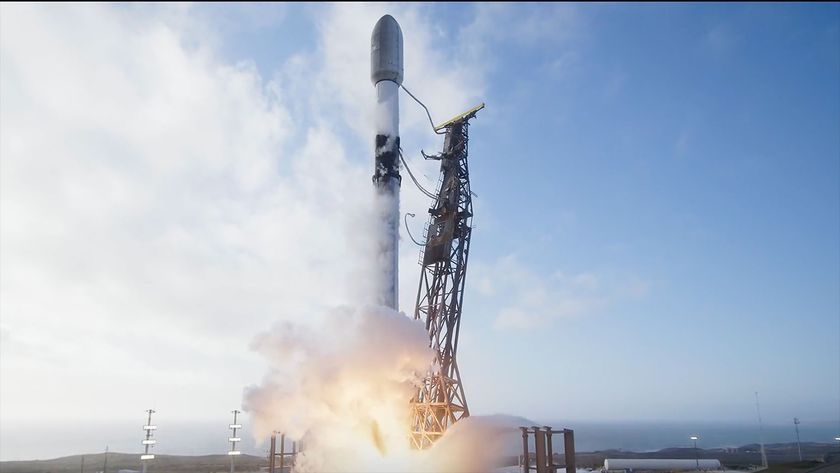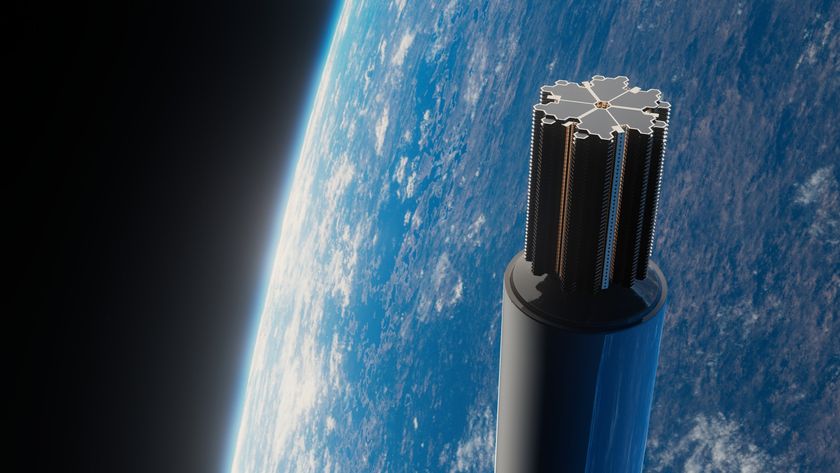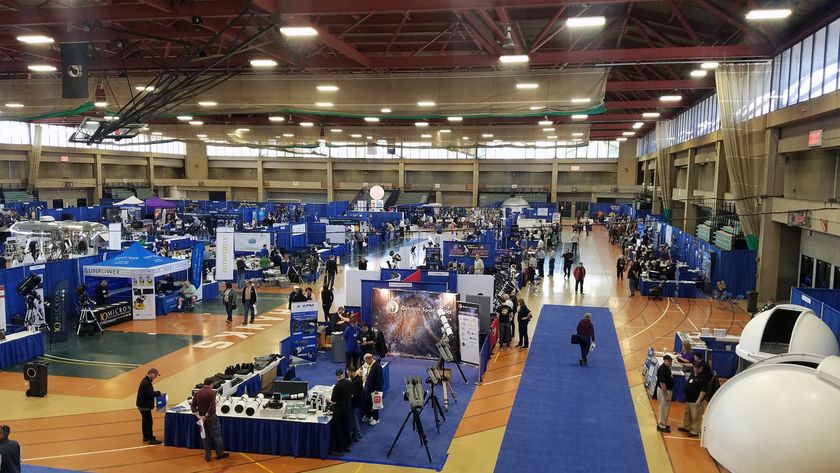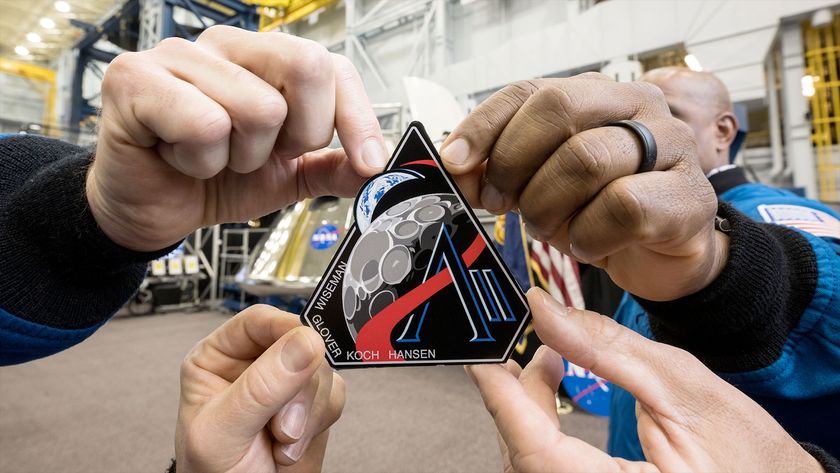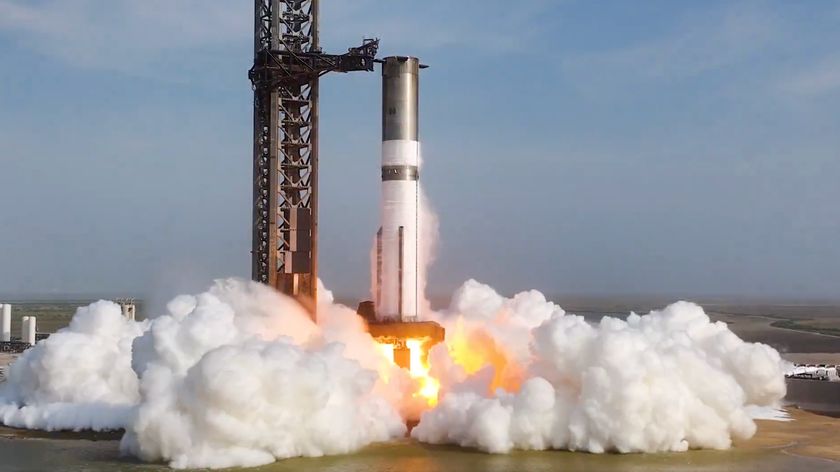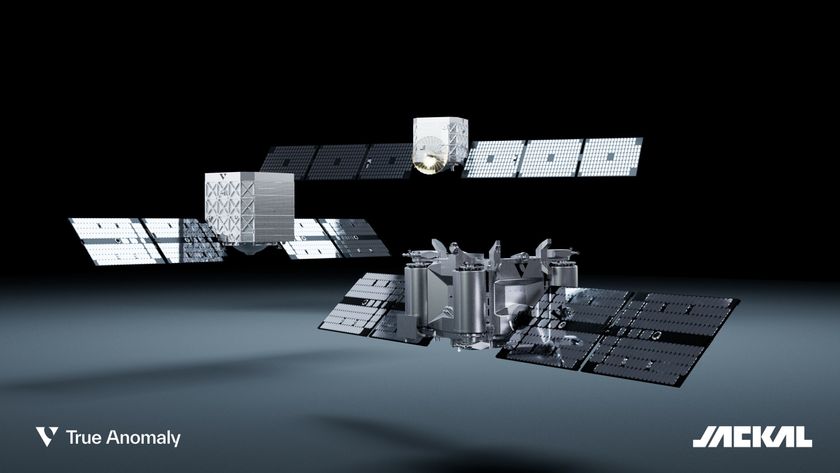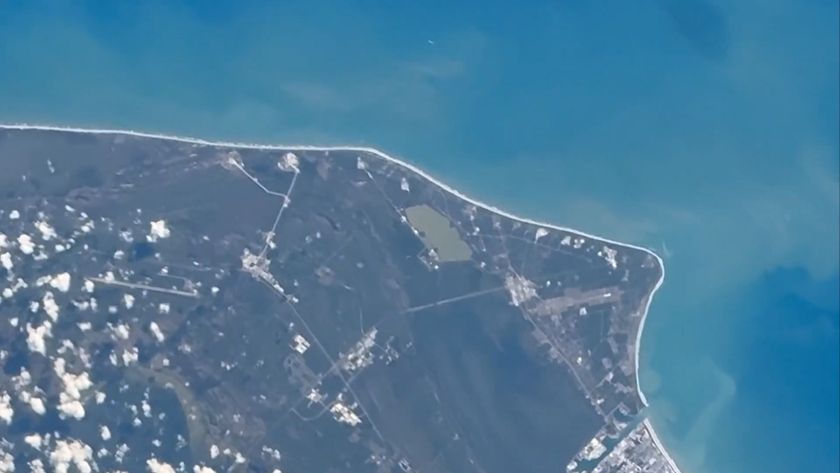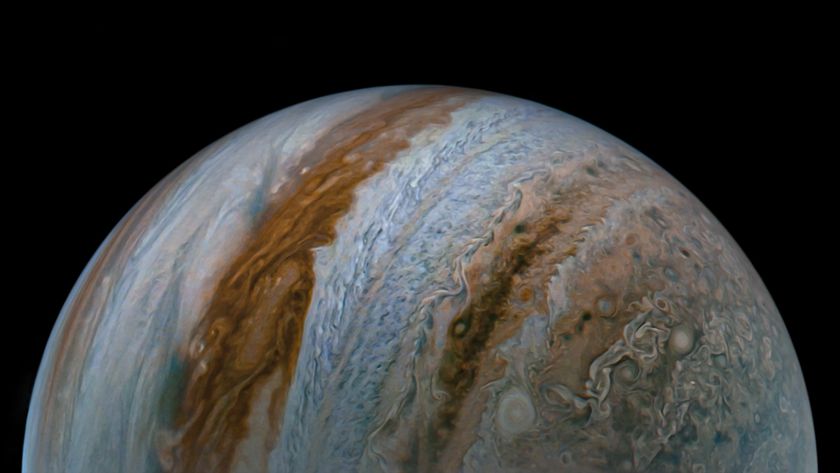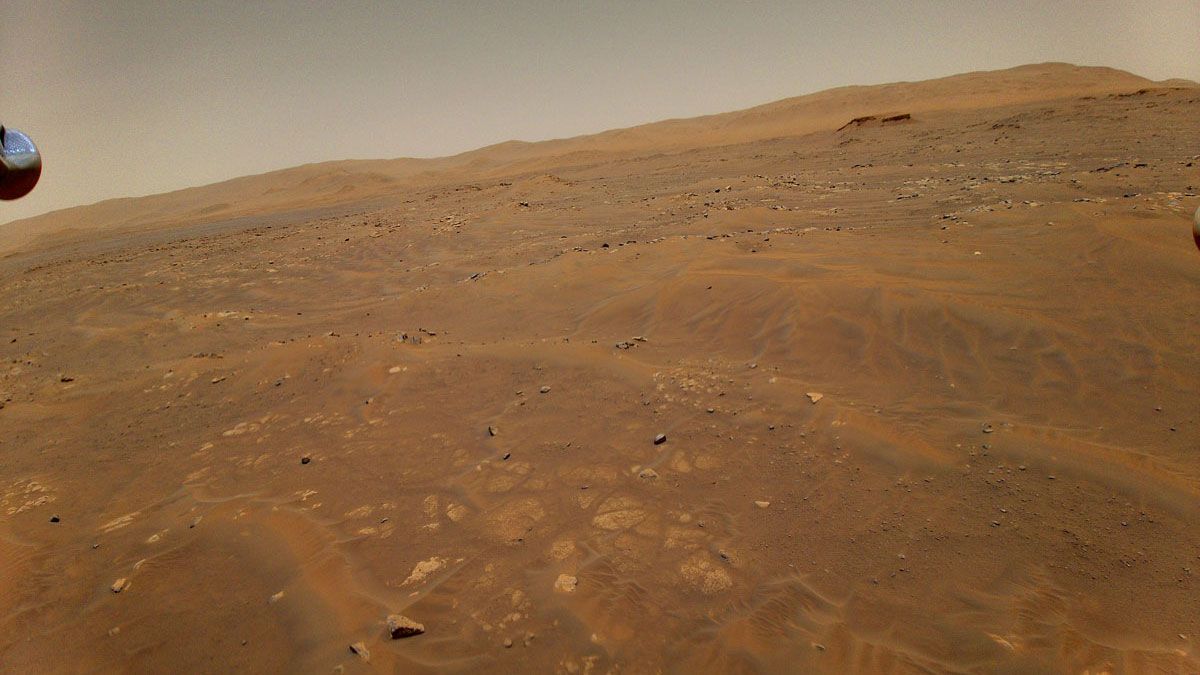
NASA's Perseverance rover has kicked off its highly anticipated science campaign with a Red Planet road trip.
The car-sized Perseverance landed inside Mars' 28-mile-wide (45 kilometers) Jezero Crater on Feb. 18. The six-wheeled robot's first few months on the Red Planet were devoted primarily to performing health and instrument checkouts and documenting the pioneering flights of NASA's Ingenuity helicopter, which traveled to Mars on Perseverance's belly.
But Perseverance and its systems are now pretty much up to speed, and Ingenuity has wrapped up its technology-demonstrating flight campaign and moved on to an extended mission that requires less support and supervision. So the rover has begun to sink its teeth into its own science mission, which focuses on searching for signs of ancient Mars life and collecting samples for future return to Earth.
Related: NASA's Perseverance rover mission to Mars in photos
That shift began on June 1, when Perseverance rolled away from its touchdown zone.
"We are putting the rover’s commissioning phase as well as the landing site in our rearview mirror and hitting the road," Jennifer Trosper, the new Perseverance project manager at NASA's Jet Propulsion Laboratory (JPL) in Southern California, said in a statement. (Trosper, previously deputy project manager for Perseverance, took the new job this week after former mission project manager Matt Wallace departed to become JPL's deputy director for planetary science.)
"Over the next several months, Perseverance will be exploring a 1.5-square-mile [4-square-kilometer] patch of crater floor," Trosper said. "It is from this location that the first samples from another planet will be collected for return to Earth by a future mission."
Get the Space.com Newsletter
Breaking space news, the latest updates on rocket launches, skywatching events and more!
Perseverance will explore two distinct geological units within that patch — "Crater Floor Fractured Rough," which contains a lot of ancient, exposed bedrock, and "Séítah," which has bedrock as well but also boasts ridges and sand dunes, among other features. (Séítah means "amidst the sand" in the Navajo language, NASA officials said.)
"To do justice to both units in the time allotted, the team came up with the Martian version of an old auto club-style map," astrobiologist Kevin Hand, co-leader of this science campaign along with fellow JPL scientist Vivian Sun, said in the same statement. "We have our route planned, complete with optional turnoffs and labeled areas of interest and potential obstructions in our path."
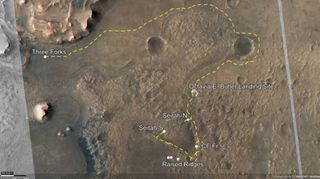
If all goes according to plan, Perseverance will collect and store one or two samples from each of four locations within the two units — spots that the team determines best capture the history and evolution of Jezero, which hosted a big lake and a river delta long ago.
"Starting with the Crater Floor Fractured Rough and Séítah geologic units allows us to start our exploration of Jezero at the very beginning," Hand said. "This area was under at least 100 meters [328 feet] of water 3.8 billion years ago. We don’t know what stories the rocks and layered outcrops will tell us, but we’re excited to get started."
After wrapping up at Crater Floor Fractured Rough and Séítah, Perseverance will head back to its landing site, which the mission team named after famed sci-fi author Octavia E. Butler. The nuclear-powered rover will then roll north and west toward the site of its second science campaign — Jezero's delta.
Here on Earth, deltas are good at preserving organic compounds and signs of life, so the mission team is keen to see what Jezero's ancient river deposits hold.
Perseverance's mission is scheduled to last at least one Mars year, which is about 687 Earth days. But the robot could keep roving for much longer, if precedent is any guide. Perseverance is modeled heavily after NASA's Curiosity rover, which continues to explore Mars' Gale Crater today, nearly nine years after touching down in August 2012.
Mike Wall is the author of "Out There" (Grand Central Publishing, 2018; illustrated by Karl Tate), a book about the search for alien life. Follow him on Twitter @michaeldwall. Follow us on Twitter @Spacedotcom or Facebook.
Join our Space Forums to keep talking space on the latest missions, night sky and more! And if you have a news tip, correction or comment, let us know at: community@space.com.

Michael Wall is a Senior Space Writer with Space.com and joined the team in 2010. He primarily covers exoplanets, spaceflight and military space, but has been known to dabble in the space art beat. His book about the search for alien life, "Out There," was published on Nov. 13, 2018. Before becoming a science writer, Michael worked as a herpetologist and wildlife biologist. He has a Ph.D. in evolutionary biology from the University of Sydney, Australia, a bachelor's degree from the University of Arizona, and a graduate certificate in science writing from the University of California, Santa Cruz. To find out what his latest project is, you can follow Michael on Twitter.


